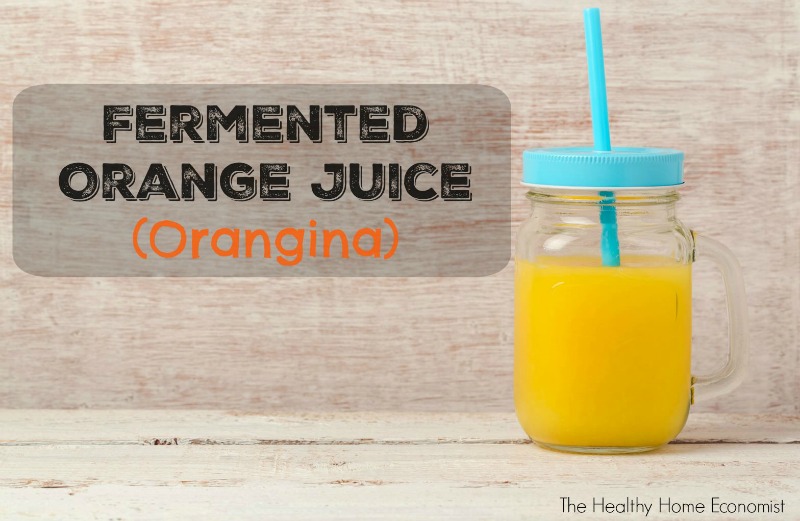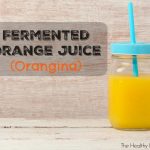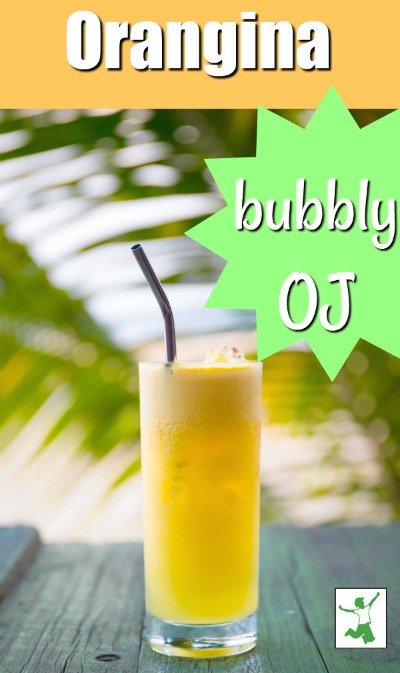Table of Contents[Hide][Show]

The most commonly grown fruit tree in the world is the orange. This familiar fruit is a hybrid of ancient cultivated origin, possibly the pomelo and mandarin. The many varieties of orange are widely grown in warm climes. Brazil and the United States are the primary producing countries. Within the United States, California and Florida predominate.
The elementary school I attended in Dunedin, Florida happened to be located only a few miles from a Hood’s orange juice factory. This facility is now owned by Coca-Cola.
Many days, my classmates and I could smell the distinctive aroma of burning citrus peels from the belching smokestack. While this unusual smell didn’t bother me too much, many of my classmates found it nauseating. Some even stayed indoors for recess on days when the wind was blowing in the school’s direction.
Commercial Orange Juice Processing
While burning citrus peel waste may not seem too problematic, the process of extracting the juice from the oranges in a factory setting definitely is.
Conventional oranges are sprayed heavily with a class of pesticides called cholinesterase inhibitors. This class of chemicals is known to be highly toxic to the nervous system. A single orange juice factory is able to squeeze up to 1,800 tons of oranges each day. This is accomplished by placing the entire orange into the pressing machines – pesticides and all!
As if that isn’t enough, juice manufacturers use acid sprays during processing. These chemicals extract every drop of juice from each orange. This includes orange oil from the skin. Every glass of “healthy” supermarket OJ contains traces of these toxic residues. Shockingly, these toxins are not listed on the label. (1)
While orange juice can and should be a wonderfully healthy beverage, processed orange juice from the supermarket is clearly to be avoided!
How to best make orange juice a healthy choice? Surely, freshly squeezed from unsprayed oranges is the best choice. If you’re game, you can take it one step further adding probiotics to the mix.
How to Make Orangina
It is easy to ferment orange juice into the delicious, bubbly beverage commonly referred to as orangina. The process adds a healthy dose of probiotics along with enhanced nutrition and enzymes too.
A dozen medium-sized oranges are all you need to get started with homemade orangina. Unsprayed or organically grown is best. If you can’t easily obtain a bag of oranges, many health food stores sell unpasteurized orange juice in the refrigerated section. I’ve seen freshly squeezed OJ at Whole Foods year-round. While purchasing fresh juice is a good alternative, squeezing your own is the most economical way to make this popular fermented beverage.
Recipe adapted from Nourishing Traditions Cookbook

Orangina Recipe
Easy recipe for fermenting fresh squeezed orange juice into bubbly orangina. A great alternative to orange soda!
Ingredients
- 12 oranges medium-sized, preferably unsprayed or organic
- 1-2 tsp orange extract preferably organic
- 3 cups filtered water
Fermentation Starter
- 1/4 tsp sea salt Use with whey as the fermentation starter. Do not use with dairy-free fruit and vegetable starter.
- 1/4 cup liquid whey Use in combination with sea salt as the fermentation starter. Do not use with dairy-free fruit and vegetable starter.
- fruit and vegetable starter Use instead of whey and sea salt as a dairy-free fermentation starter.
Instructions
-
Squeeze the oranges to produce about 1 quart of unfiltered juice. Add water and mix well in a half-gallon mason jar (I use these) taking care to leave a minimum of an inch at the top.
-
Stir in the sea salt and orange extract. Screw on the lid and leave on the kitchen counter for two days. Refrigerate.
-
You may serve the chilled orangina plain or mixed with a bit of natural mineral water to add additional carbonation.
-
Alternatively, you can bottle the fermented orange juice to transform it into orangina – a bubbly orange soda-like beverage.
-
The orangina will last a month or two in the refrigerator and will develop an appealing orange/banana-like flavor after a few days.
Recipe Video
Recipe Notes
Fermented OJ is easily bottled into bubbly orangina. For many, this represents a worthy and healthy alternative to orange soda. This article plus video outlines the process for bottling homemade soda.

More Fermented Drink Recipes to Enjoy!
Switchel: Nature’s Healthy Gatorade
How to Make Traditional Root Beer
How to Make Fermented Lemonade (Hindu Lemonade)
How to Make Ginger Ale








Sarah, I wonder if adding some orange rind wound enhance the flavor, nutritional value, and perhaps the Orangina’s fermentation because the peel has its own bacteria.?? Or not a safe idea??
Adding the peel would significantly increase chances for mold and the fermentation not working properly.
This is great, I was wondering what ferments I could do that my kids would actually eat and this may be one of them! I live in VA, so we have no local oranges. would oranges from the store have any value in this recipe?
Oranges from the store are fine. You don’t necessarily need certified organic … just try to find no spray ones.
I ferment cabbage as an immune booster. does orange juice work the same way ? what does the salt, whey and essence do ? cheers kathy
Yes, traditional ferments are all of value in boosting immunity by improving gut health.The salt and the whey promote proper fermentation. The orange essence is to improve the flavor given that the juice is diluted with water to slow the fermentation down to a manageable level.
Can you use whey left after making cheese?
No as it has been heated and no longer contains probiotics.
WOW congratulations on the 100 vid milestone! You can be proud of how many people you have helped and entertained. Thank you and keep the vids coming!
How do you juice the oranges? By hand with an old-fashioned juicer or do you use a juicing machine? Doing it by hand seems to take so much time and doesn’t get all the juice out.
You can see how I do it in the video.
My son is a type 1 diabetic. He is really never supposed to have juice at all. Would fermenting the oranges lower the sugar content at all (as it does in kombucha?)
I would check with your doctor as there will be at least some sugar still left even after fermentation.
When do you add the whey?
You can see when I add it in the video.
The recipe seemed self explanatory so wasn’t planning to watch the video. Can you add that step to the recipe?
I don’t see in the video how you juiced your oranges. Is it in a separate video somewhere? Also, I bought organic oranges from my grocery store but they did not have organic orange extract so I just bought regular. Is that ok or will it affect the end product?
Hi Laurie, I’m deaf so I have to ‘make do’ with the video too. Based on the video transcript here, it looks like it is added after the organge extract:
3:39
at a little bit orange extract that doesn’t seem to work
3:42
a little bit better 40 got any little bit salts
3:46
I’m energy traditions recipe Hernandez call for couple
3:51
teeth I teeth and so I MS too salty army
3:54
so I only ask about forty skin
3:58
assaults and then you’re gonna need fresh liquid whey
4:03
which is the clear liquid is on it haha cup plain yogurt
I hope that helps. Our hard of hearing and deaf WAP followers have to get used to making do! Good luck with it. It looks interesting. But fruit juices in any form really are too much sugar for me.
Thanks Sarah!
I made this for the first time just a few weeks ago. We loved it!
http://twinsontherun.blogspot.com/2014/03/birthday-road-trip-and-bubbly-juice.html
I understand there is a grower in Dade City, Fl who sales organic citrus, do you know the name or address of this farm?
I don’t know … if you find out, please post! I have 8 citrus trees in my yard, so use my own to make orangina in season.